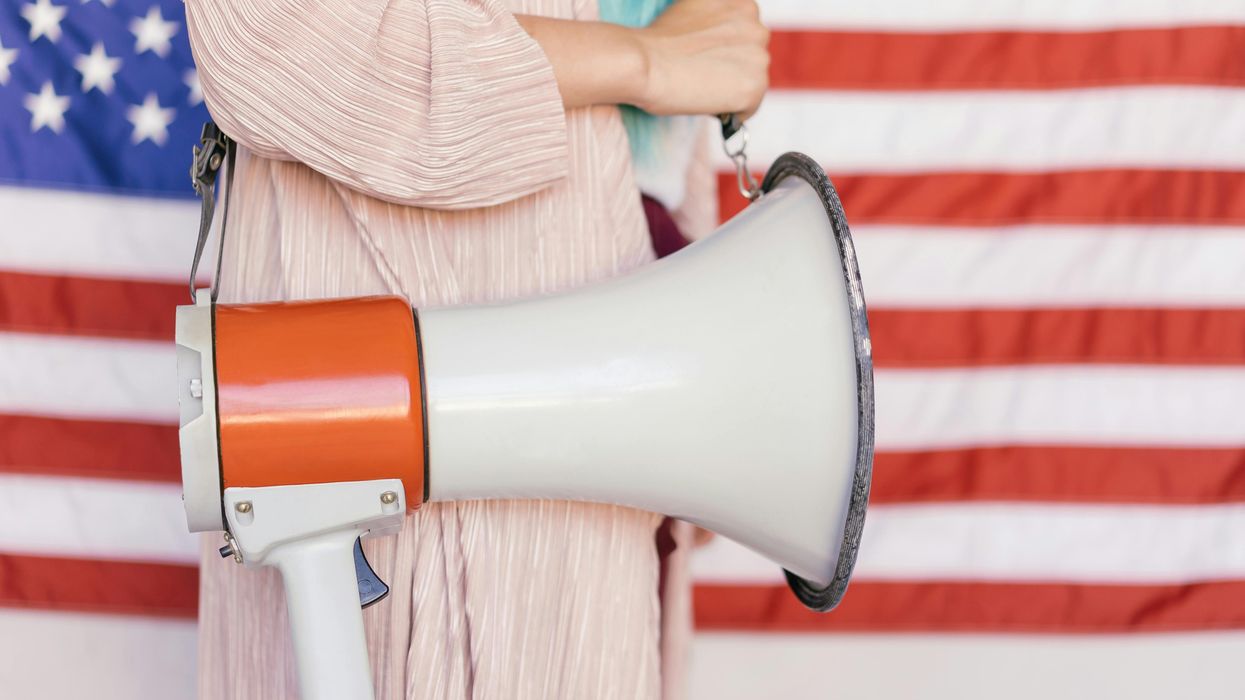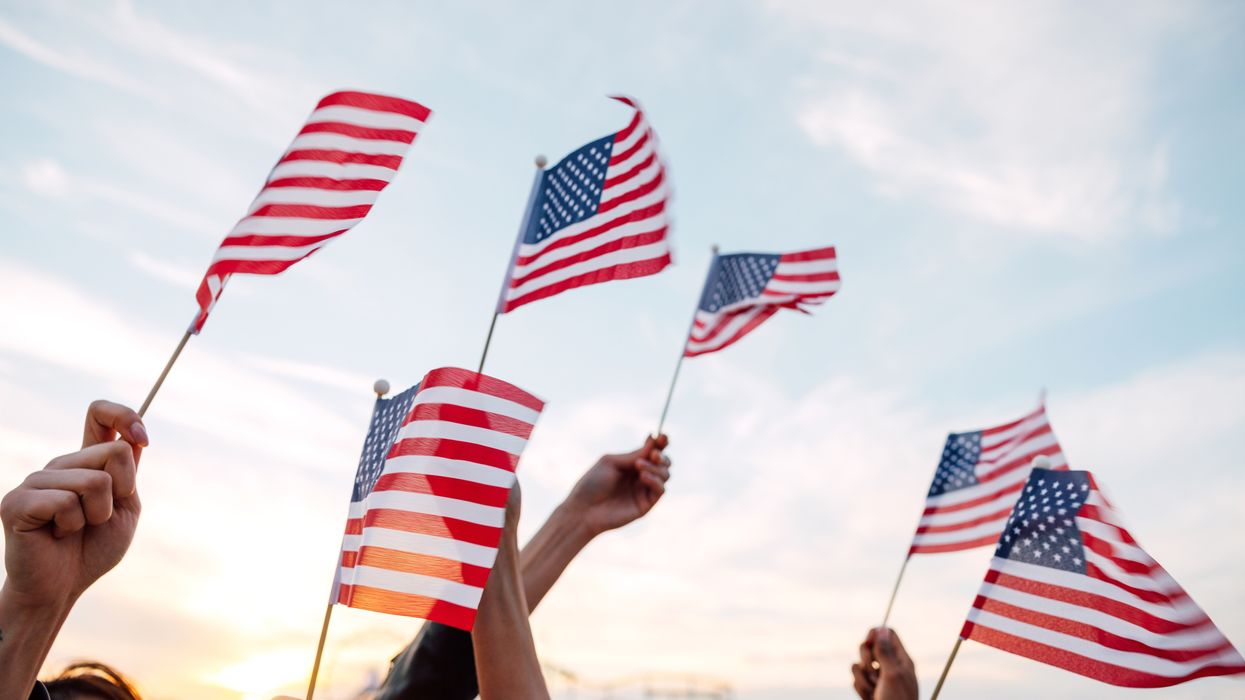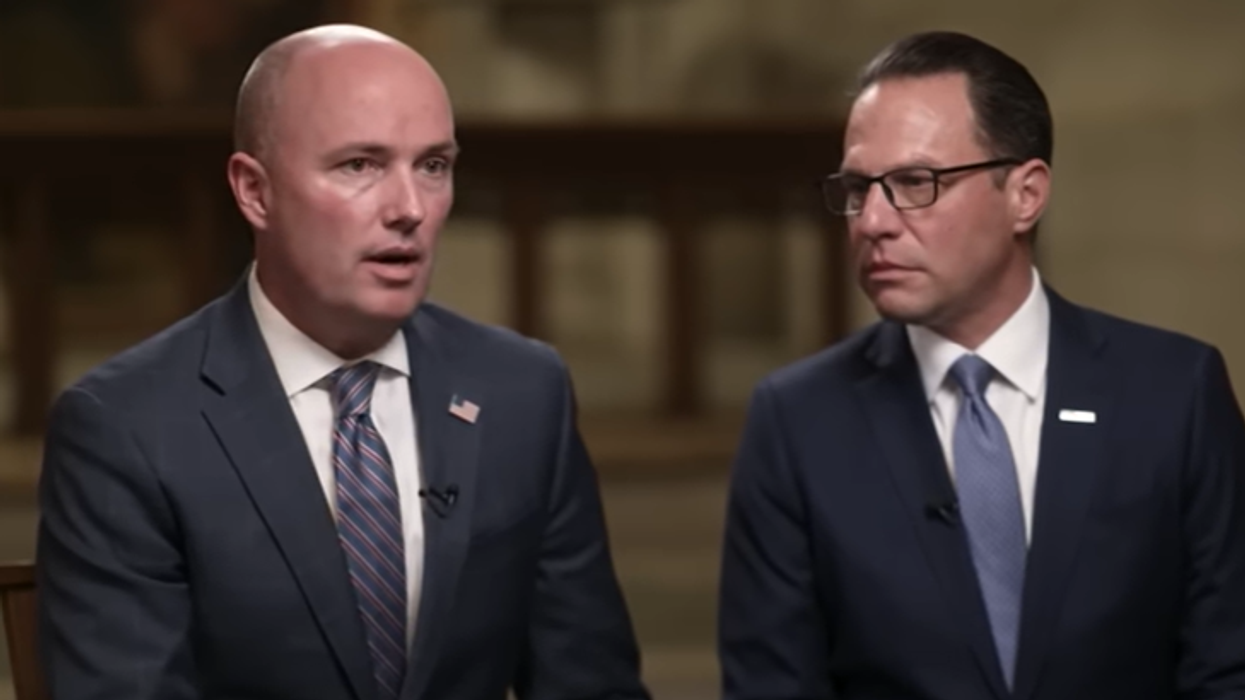For some of us, just reading the title of this piece may be irritating — even maddening. If you’re scared about Trump’s election, being asked to understand the “other side” can seem a distant concern compared to your fears of what might happen during his presidency. If you’re glad Trump won, you may be tempted to say, “We’ve won; we don’t need to listen” — or maybe you’re angry about the pushback you see on the “other side.”
As was true before the election, many of us fear what the “other side” wants and what they’ll do. But even in the midst of our fears and anger, we must see that understanding each other is more important than ever. When we fail to understand each other, we push each other away and amplify our divides.
It’s easier than we think for Americans to end up on either side of our political chasm. The narratives we embrace can depend on the people around us, the media we consume, specific issues we care about, among other factors.
You could think of our two main political narratives as two streams forming at the top of a mountain. When rain falls, water will flow one way or the other due to various initial conditions and obstacles. Some water will go directly into the stream; some will find its way via unexpected paths and backchannels.
And once you’re in that stream, seeing or understanding that other path can be hard. The various ways the other stream formed and flows is hard to understand: it’s on the other side of the mountain, obscured from our view.
To be clear, we aren’t saying that every stance is equally rational; we’re only talking about the ease with which we can find ourselves on opposite sides of that mountain.
We know that many Americans have distorted views of those on the “other side.” Even as we may have fears about specific leaders, we should see it as important to distinguish leaders from their voters. We should be curious about the concerns of our fellow citizens. We should be willing to consider if our views of “them” may be overly pessimistic — and if that pessimism may act as fuel for the fire of our divides.
It’s critical — no matter our political goals or fears — to resist the temptation of always assuming the worst about the “other side.”
Anti-Trump Americans should see that supporting Trump doesn’t equal racism or bigotry. They should try to understand Trump voters' many defensible concerns: this can include dislike of liberal-associated stances, concerns about illegal immigration, and views that Trump and Republicans have been treated unfairly by liberal-leaning institutions.
Pro-Trump Americans should try to see the reasons why many Americans — and not just those with liberal-associated views — are concerned about Trump and see him as a serious threat. They should try to understand the view that Republican-side distrust of the 2020 election was wrong and dangerous.
Americans can and will strongly disagree on these matters, but when we act as if all of our opponents’ concerns are completely irrational, we amplify our divides. When we contemptuously ignore and mock each others’ concerns, we communally gaslight each other.
If you find yourself describing “them” in the worst possible light — if you refer to your opponents as cult members, or brainwashed, or use similar insults — you must see that drives the wedge further between us. That is how you make your opponents see you as the “bad guys.” In this tone-deaf battle, no one wins.
We must keep in mind our opponents rarely support all the things on “their side” that we see as extreme and harmful. These days, our behaviors are not so much about supporting “our side” but about fighting against the “other side.” (And sometimes our enthusiasm about specific leaders is based on a view that they’re fighting hard against “them.”) Keeping this in mind helps us see our political opponents in more nuanced, less judgmental ways.
Our hostility toward each other can even influence our beliefs: it can lead us to take more extreme stances. Our inability to understand each other can transform issues into rigid “good vs. evil” choices. Hostility can act like a centrifuge, pushing our ideas to the outside and making conversation and compromise feel impossible. (One harmful way that can play out: hostility can make us more likely to distrust election results we don’t like.)
Our emotions can also lead us to arrive at unreasonably certain views of the future. As psychologist Adam Grant wrote, “If you think you know how the next four years are going to play out, you’re wrong.” (Grant writes from an anti-Trump perspective, but no matter your politics, we hope you see the wisdom in his point.) Reaching for certain and pessimistic predictions amplifies the cycle of conflict, pushing both sides into an arms race of emotion and action.
With more understanding of each other, we’ll reduce the demand for divisive political approaches. We’ll disagree in better ways. At the very least, we’ll avoid further widening the rifts between us. Despite what our instincts may tell us, seeing the best in each other does not mean abdicating our principles. It’s a strength, not a weakness — one that can even aid political activism.
For more articles like this, sign up for the Builders newsletter.
Elwood works with Builders, a nonpartisan organization aimed at overcoming toxic polarization, and is the author of “ Defusing American Anger.”


















